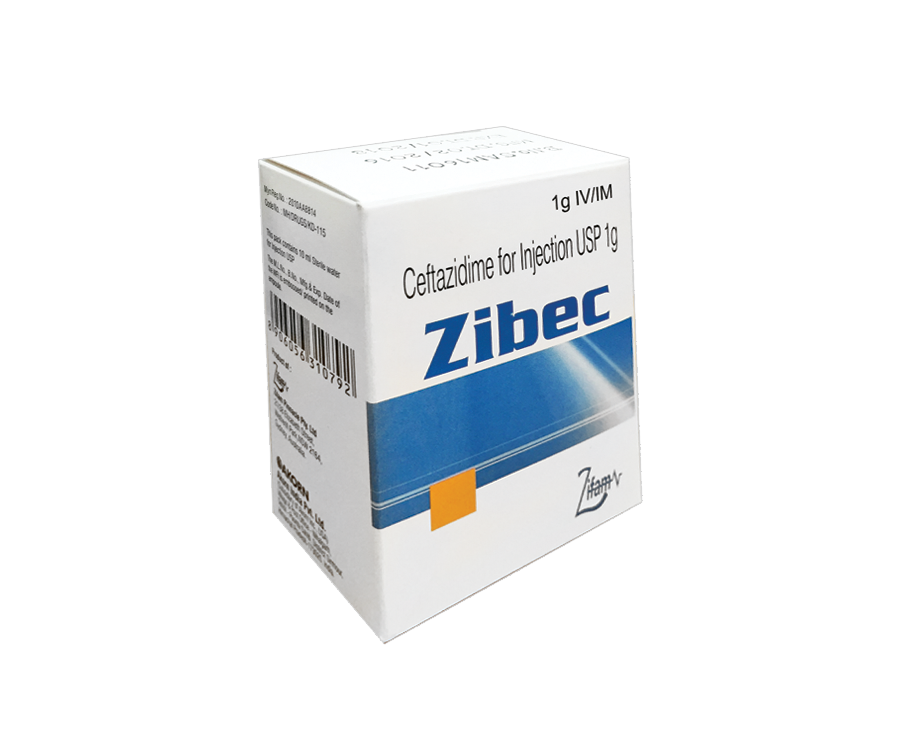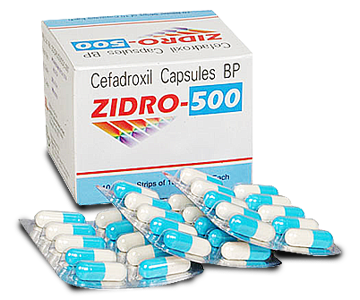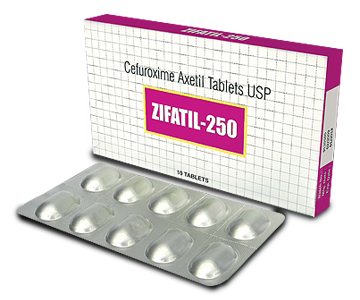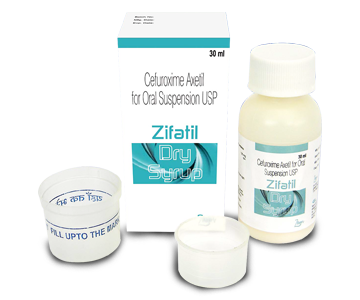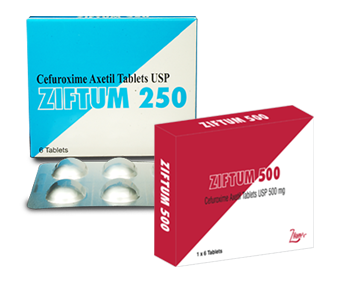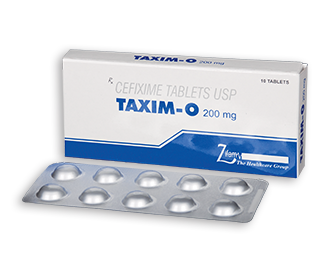Zifex plus Dry syrup
- ENG
- မြန်မာ
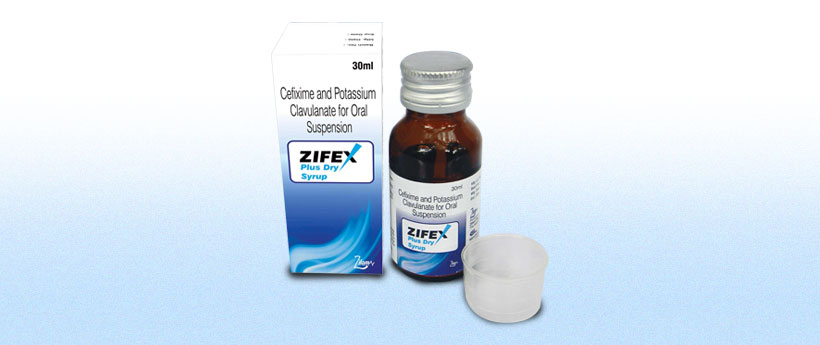
Cefixime and Potassium Clavulanate for Oral Suspension
Composition:
Each 5ml of the reconstituted suspension contains:
Cefaxime USP as Trihydrate equivalent to anhydrous Cefixime……….50mg
Diluted Potassium Clavulanate BP equivalent to Clavulanic Acid 3.125mg
Pharmacological classification:
Antibiotic
Pharmacological action:
Pharmacokinetics
Gefixime is absorbed slowly after oral administration, the time taken to reach maximum plasma concentrations (max) increase dose. Cefixime is well absorbed from the GI tract; absorption of these agents may be delayed by food, but the amount absorbed is not affected. After a 200 mg oral dose, peak plasma levels on an average of 2.7 mg/l are achieved, between 3 & 4 hours post dose in fasting volunteers. Cephalosporins are widely distributed in most tissues and fluids. The mean volume of
distribution of Cefixime is 0.11 L.kg. Penetration into tissue fluid is slow (mean tax = 6.7h) but peak
concentrations similar to those of plasma have been achieved. Cefixime is mainly excreted unchanged in bile and urine. The mean elimination half-life (412) is 3 hrs. Urinary excretion accounts for about 40% of an orally administered dose, the rest of the excretion takes place through the biliary tract.
Clavulanic acid is well absorbed from the GIT after oral administration. On administration of 57mg of clavulanate potassium the maximum plasma concentration obtained is 1.03mcg/ml and the AUC for 24hr is 2.17mcg.hr/ml.
Pharmacology
Cefixime like other cephalosporins and penicillins exerts bactericidal activity by interfering with the synthesis of the bacterial cell wall.
Clavulanic acid is produced by the fermentation of Streptomyces clavuligerus. It is a b-lactam structurally related to the penicillins and possesses the ability to inactivate a wide variety of b-lactamases by blocking the active sites of these enzymes. Clavulanic acid is particularly active against the clinically important plasmid-mediated b-lactamases frequently responsible for transferred drug resistance to penicillins and cephalosporins.
INDICATIONS
- Urinary tract infections
- Upper and lower respiratory tract infections.
- Acute otitis media
- Gonococcal urethritis
- Typhoid fever
Contraindications:
Hypersensitivity to cephalosporin antibiotics or clavulanic acid.
Dosage and administration:
Children:
The recommended dose for Cefixime is 8mg/kg/day. This may administered as a single dose or may be given in two divided dose as 4mg/kg every 12 hours.
| Age | Dose |
| 6 month | 2.5ml twice daily |
| 1 year | 4ml twice daily |
| 2 year | 5ml twice daily |
| 3 year | 6ml twice daily |
| 5 year | 7.5 ml twice daily |
Children weighing more than 50 kg or older than 12 years should be treated with the recommended adult dose.
Drug interactions:
Carbamazepine: Elevated carbamazepine levels have been reported in postmarketing experience when cefixime is administered concomitantly. Drug monitoring may be of assistance in detecting alterations in carbamazepine plasma concentrations.
Warfarin and Anticoagulants: increased prothrombin time, with or without clinical bleeding, has been reported when cefixime is administered concomitantly.
Warning and Precautions:
General
The possibility of the emergence of resistant organisms, which might result in overgrowth, should be kept in mind, particularly during prolonged treatment. In such use, careful observation of the patient is essential. If super infection occurs during therapy, appropriate measures should be taken.
The dose should be adjusted in patients with renal impairment as well as those undergoing continuous ambulatory peritoneal dialysis (CAPD) and hemodialysis (HD). Patients on dialysis should be monitored carefully.
This combination should be prescribed with caution in individuals with a history of gastrointestinal disease, particularly colitis.
Paediatric Use
Safety and effectiveness of this combination in children aged less than six months old have not been established.
Neonates
No data are available on the use of the drug in neonates.
Adverse reactions:
Gastrointestinal: Diarrhoea, loose stool, abdominal pain, dyspepsia, nausea, and vomiting. Several cases of documented pseudomembranous colitis were identified during the studies. The onset of pseudomembranous colitis symptoms may occur during or after therapy.
Hypersensitivity Reaction: Anaphylaxis, skin rashes, urticaria, drugs fever, pruitus, angioedema, and facial edema. Erythema multiforme, Stevens-Johnson syndrome, and serum sickness-like reactions have been reported.
Hepatitic: Transient elevations in SGPT, SGOT, alkaline phosphatase, hepatitis, jaundice.
Renal: Transient elevations in BUN or creatinine, acute renal failure.
Central nervous system: Headaches, dizziness, seizures.
Hemic and Lymphatic Systems: Transient thrombocytopenia, leucopenia, and eosinophilia.
Prolongation in prothrombin time was seen rarely.
Abnormal Laboratory Tests: Hyperbilirubinaemia.
Other: Genital pruritus, vaginitis, candidiasis, toxic epidermal necrolysis.
Overdosage and treatment:
No human data are available. Adverse reactions seen a dose levels up to 2g cefixime in normal subjects did not differ from the profile seen in patients treated at the recommended doses. Cefixime is not removed to a significant degree by either peritoneal dialysis or hemodialysis
Storage:
Store below 30°C in a dry place, protected from light.
Keep medicine out of reach of children .
Direction for reconstitution:
Shake the bottle well to loosen the powder,
slowly add boiled and cooled water up to the mark on the bottle and shake well. Add water if necessary to adjust the volume up to the mark. After reconstitution keep the suspension in the refrigefator when not in use.
Use the reconstituted suspension within 7 days.
Presentation:
Bottle of 30 ml






